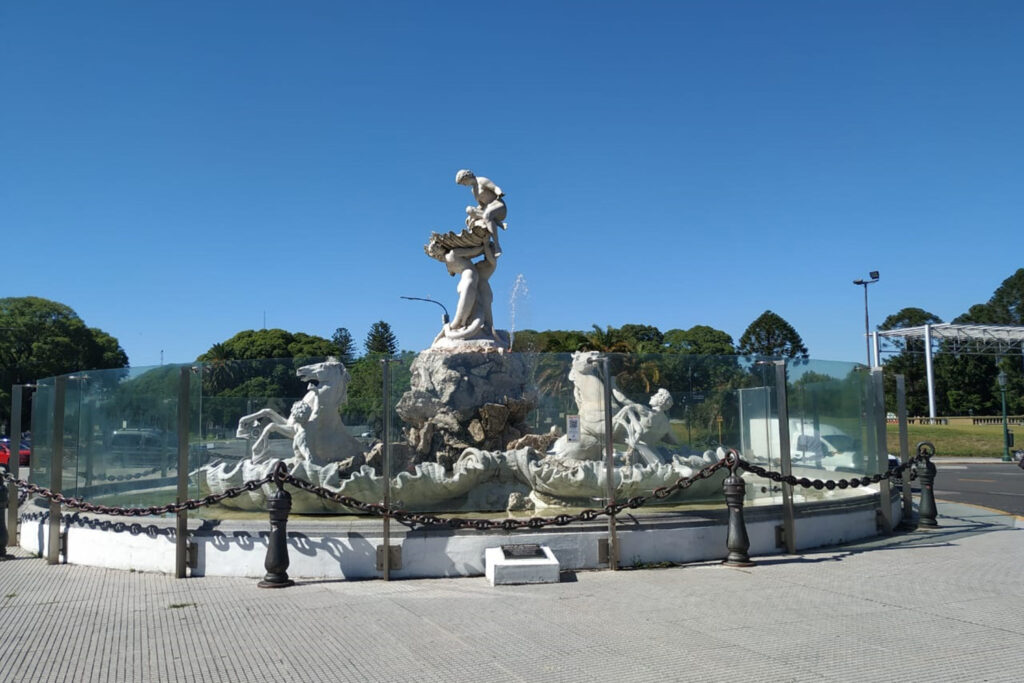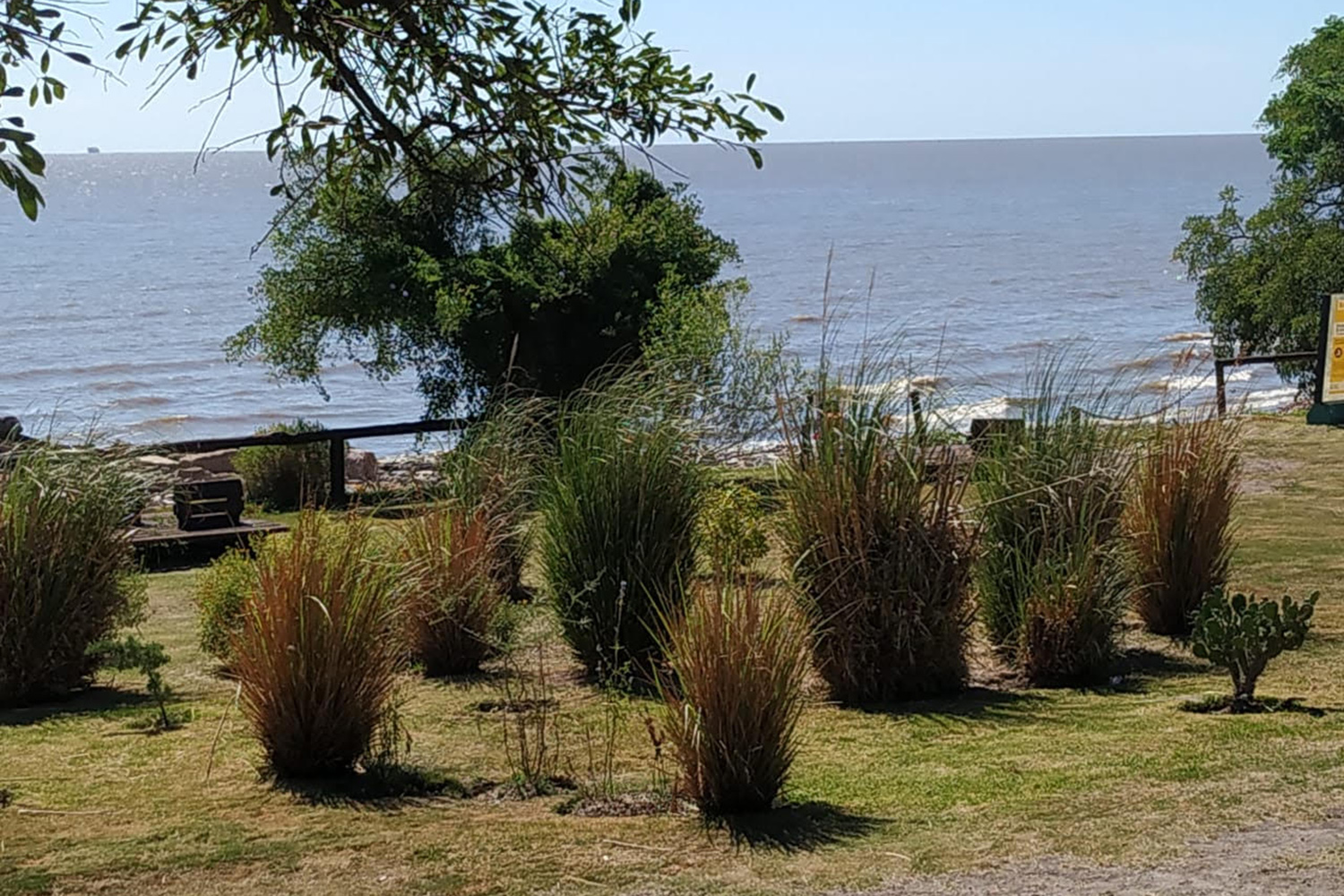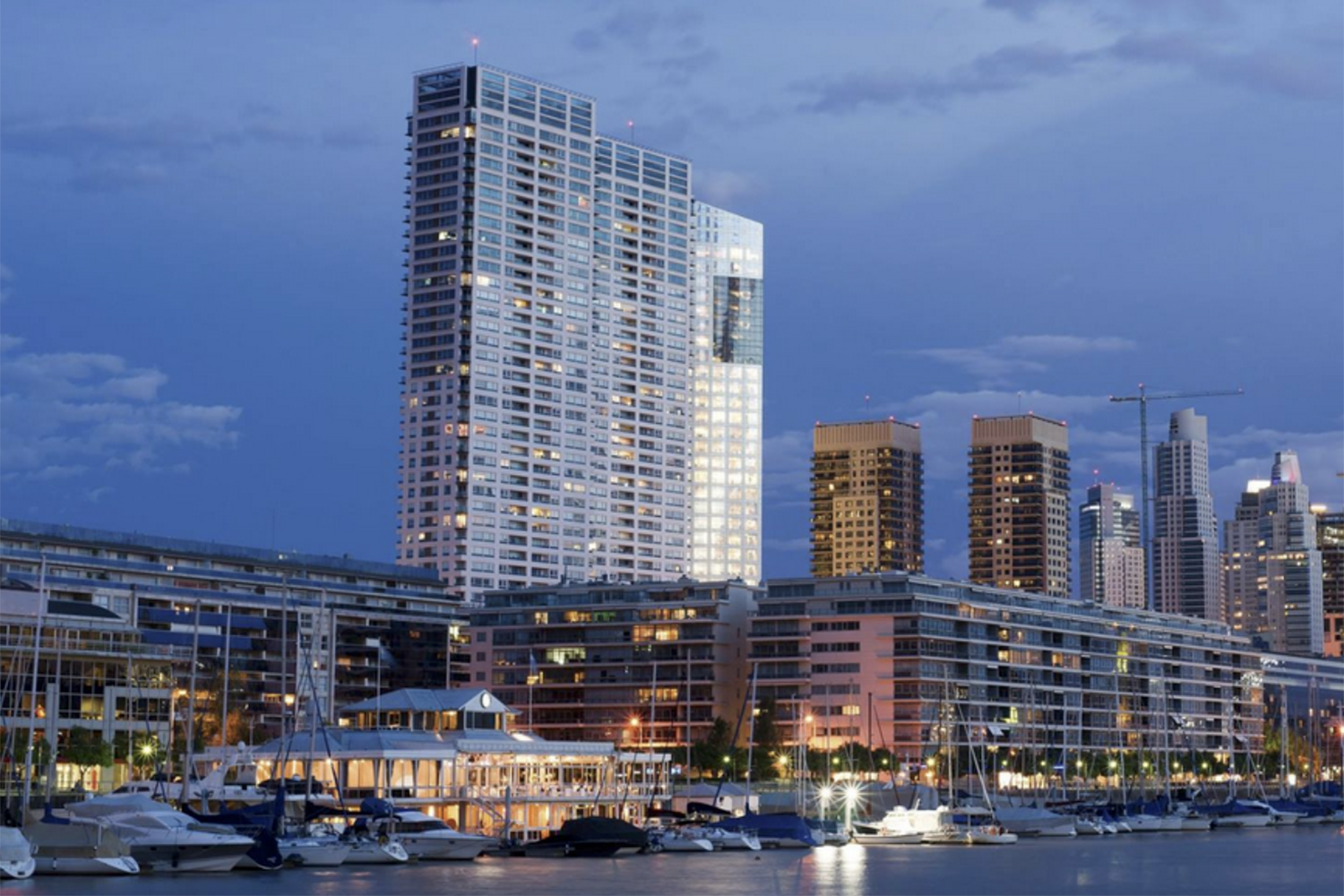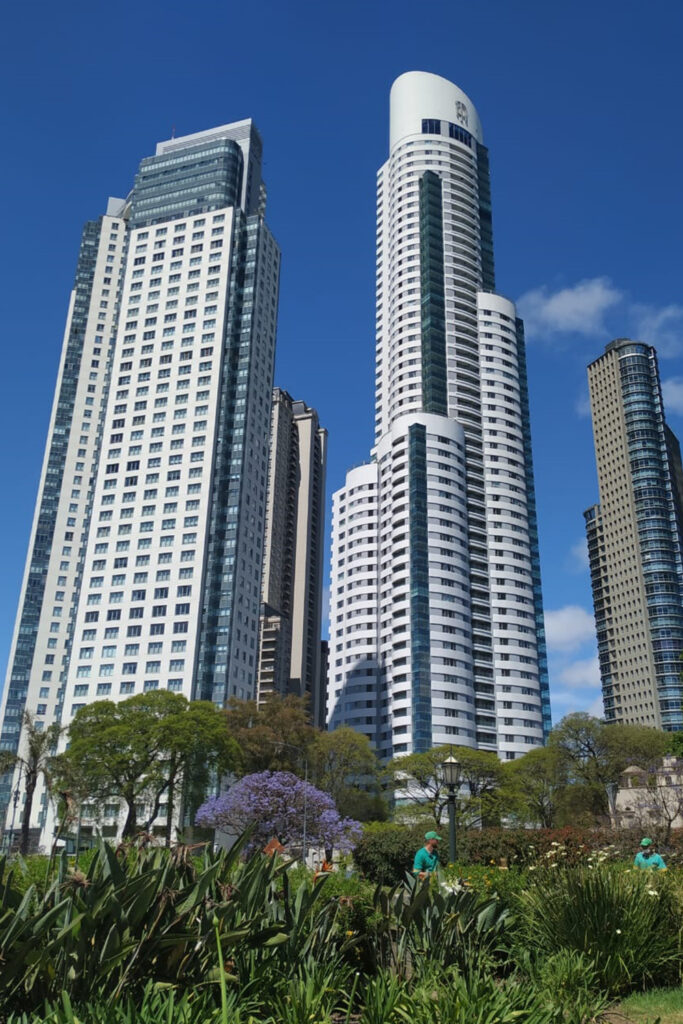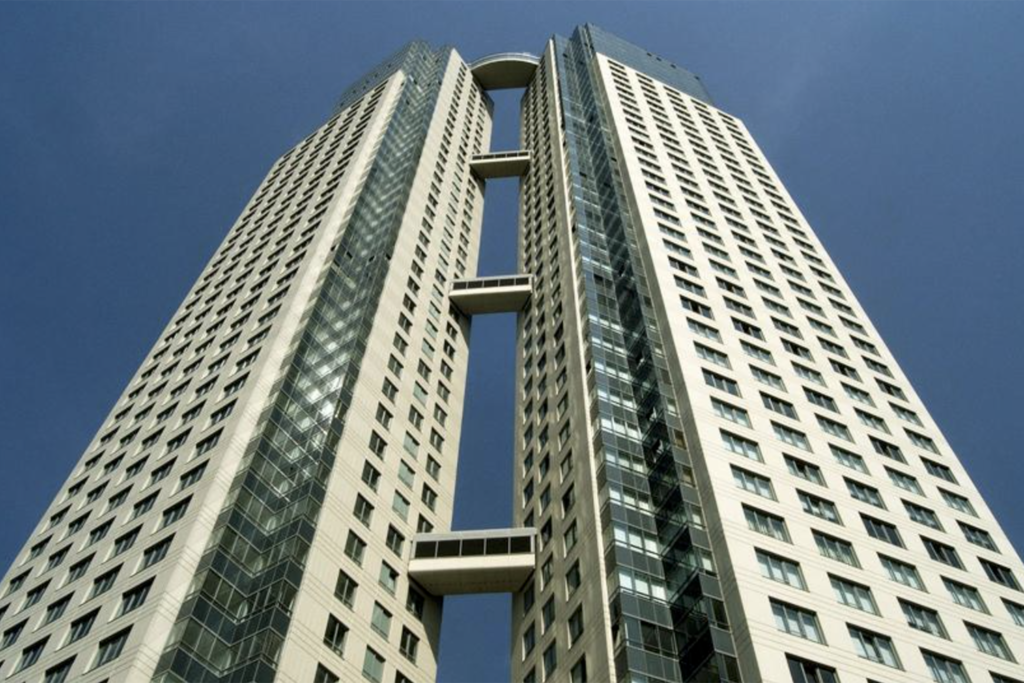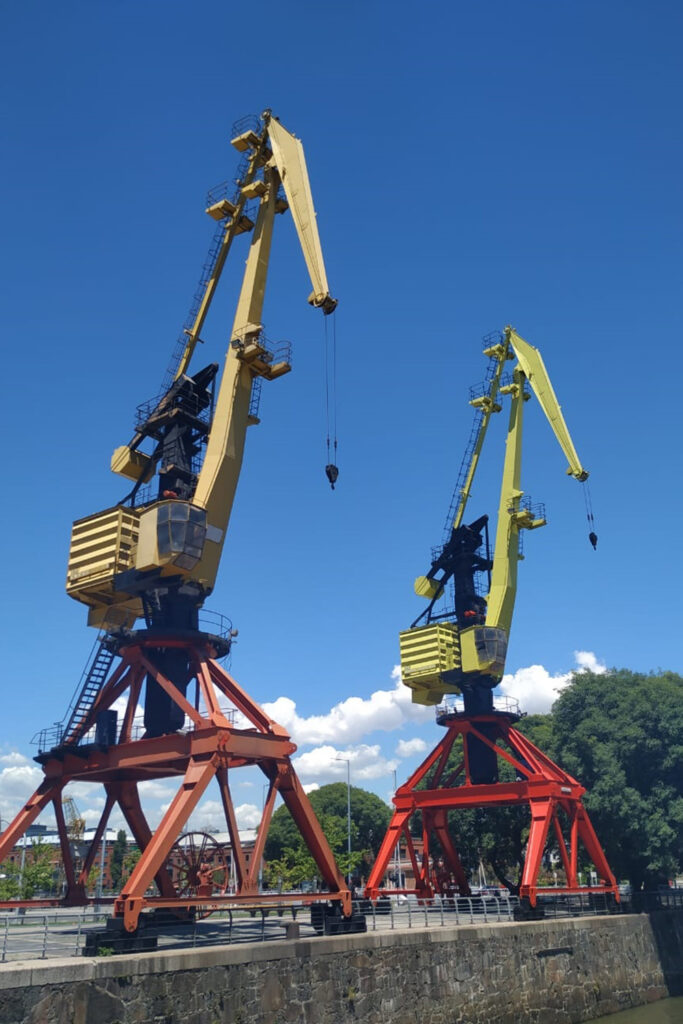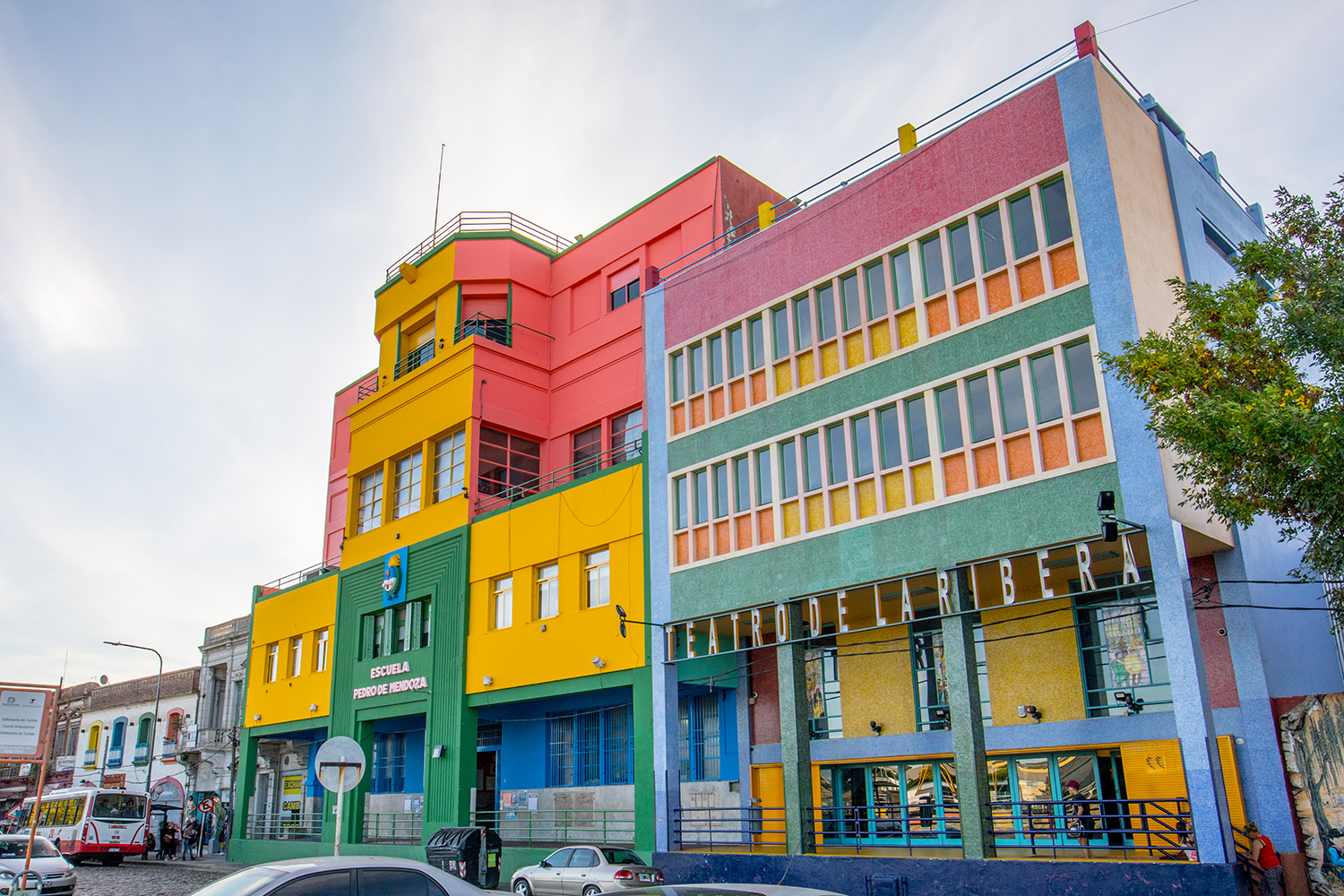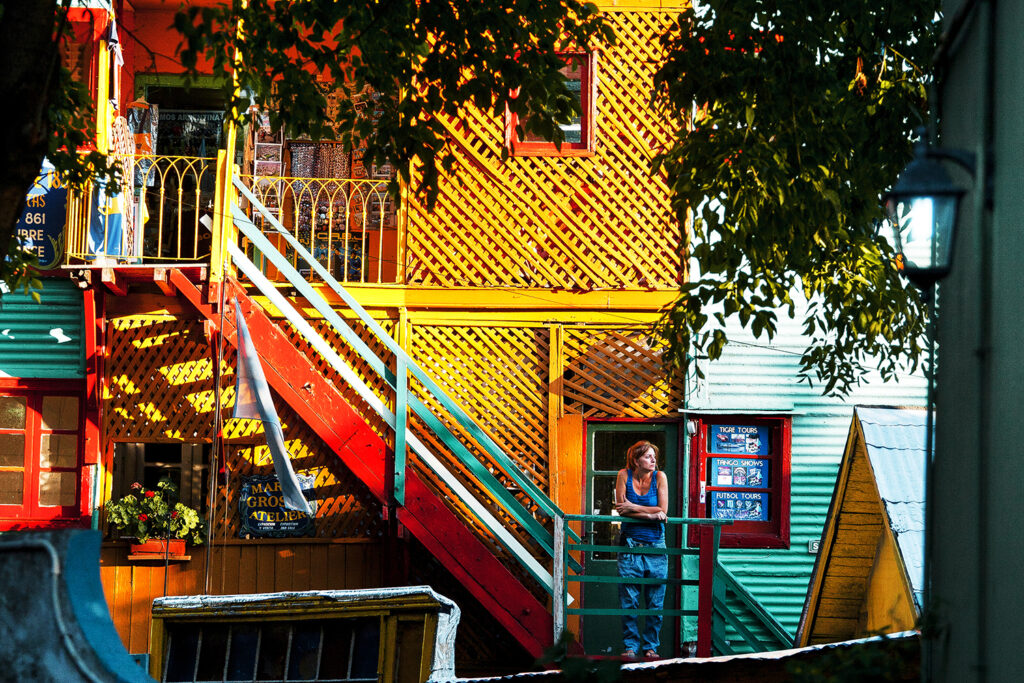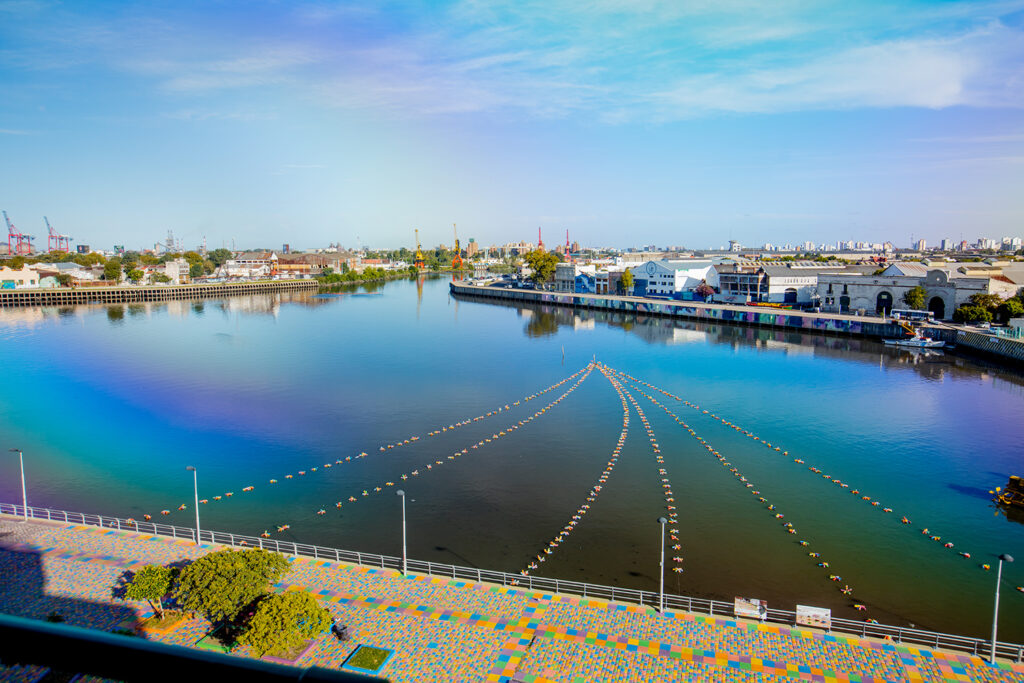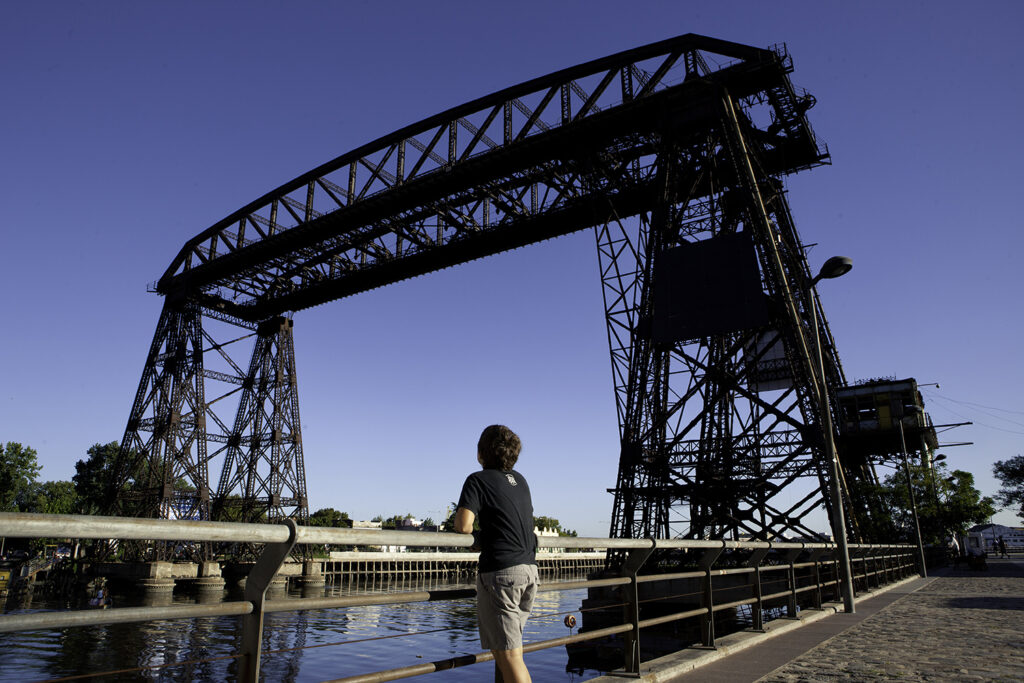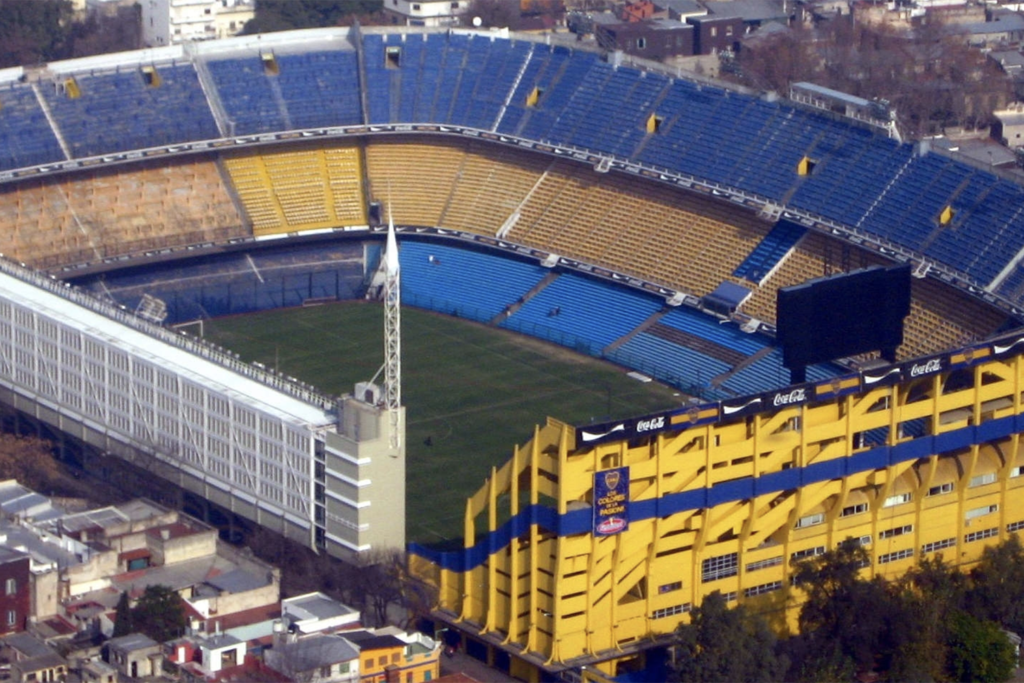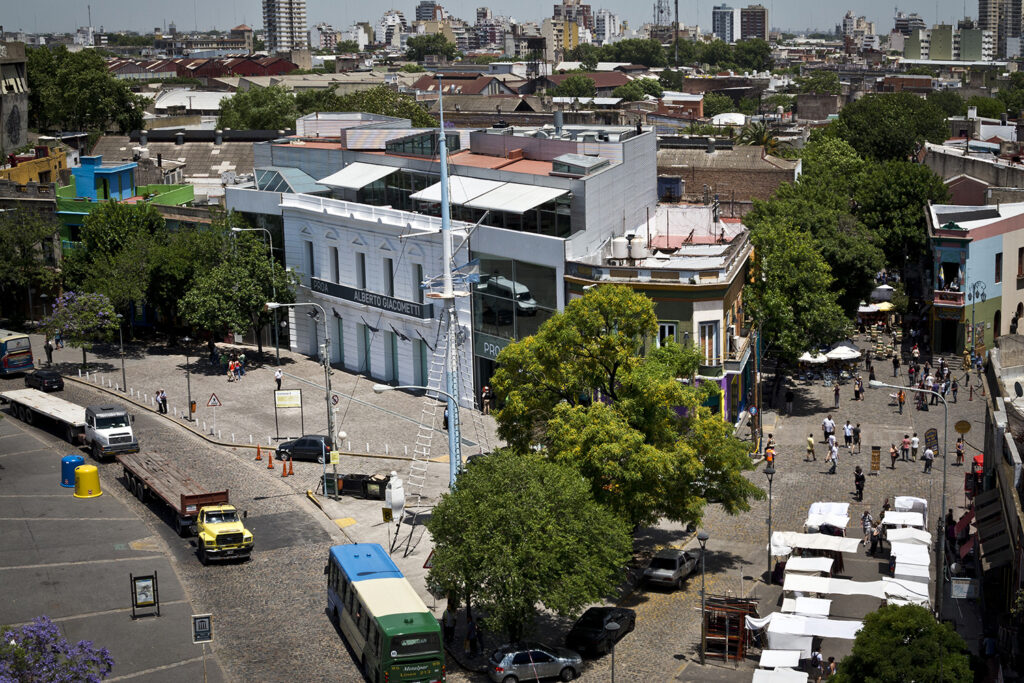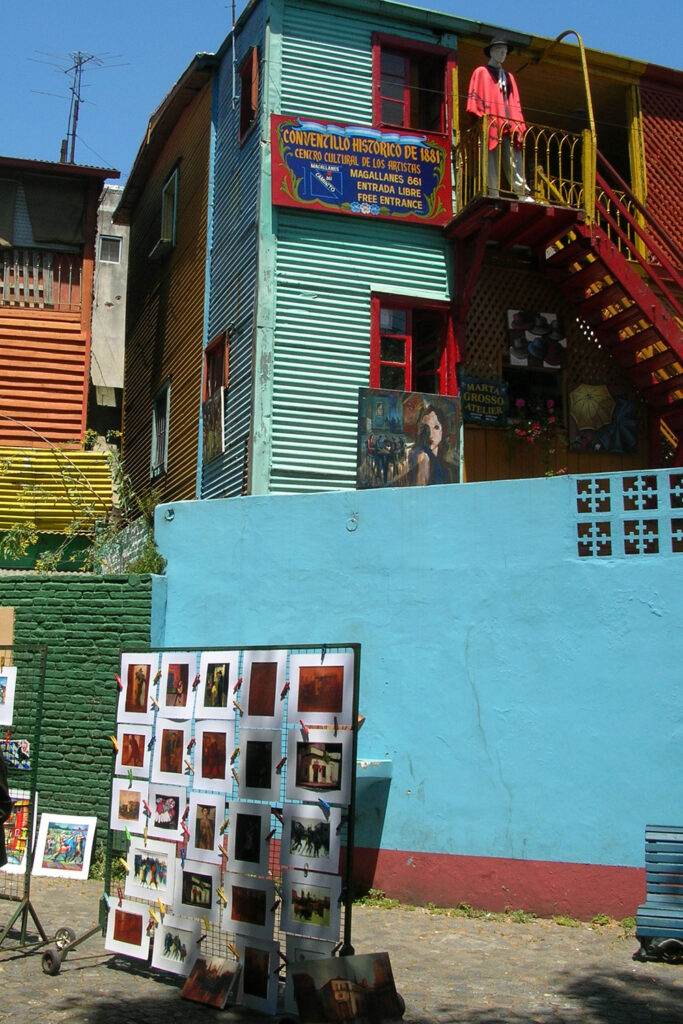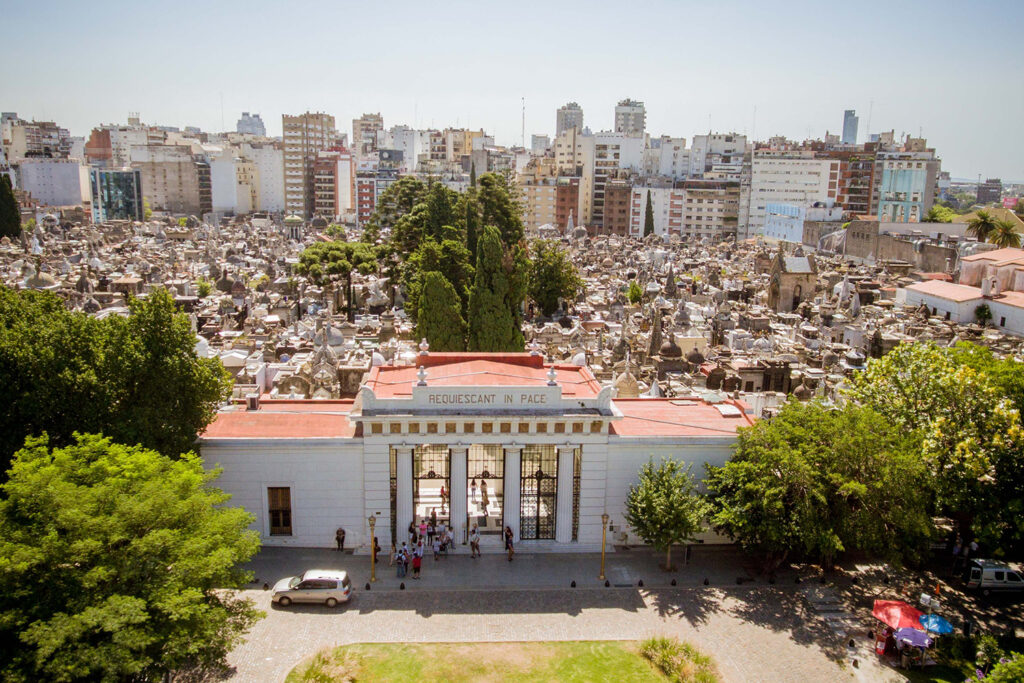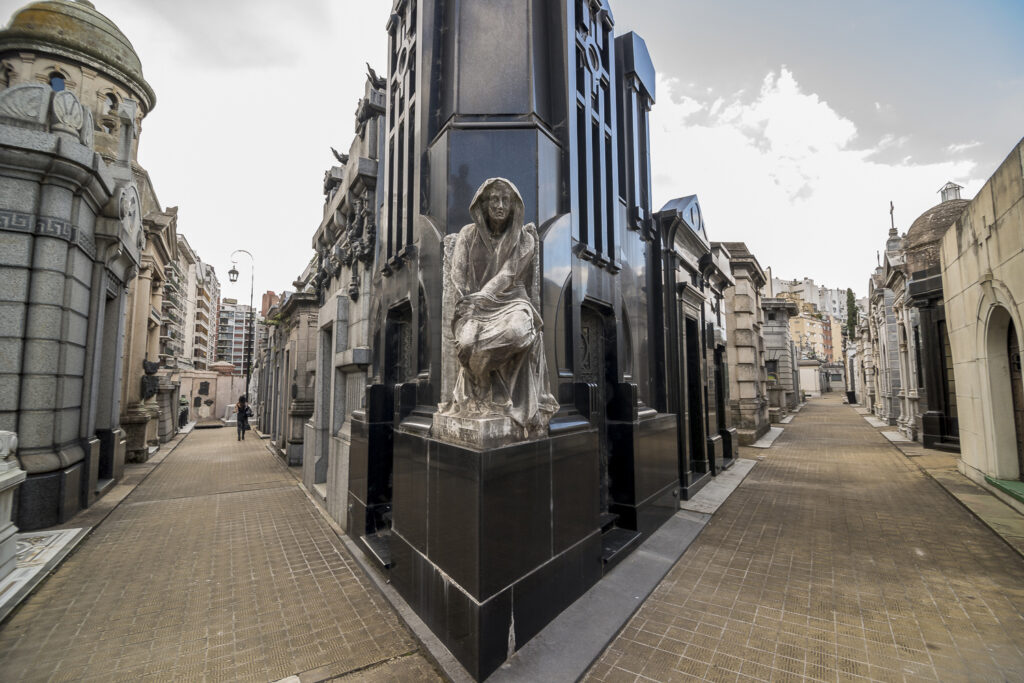Puerto Madero: One of the best walking neighborhoods of Buenos Aires
Puerto Madero has become one of the most fashionable and expensive places to live in the city. It represents the largest wide-scale urban project in the city of Buenos Aires.
It is an ideal location for a relaxing walk, a romantic dinner at one of the many exclusive restaurants, or a tango show at the elegant and avant-garde Faena Hotel. The neighborhood offers beautiful views of the cityscape, particularly at dusk as the city lights start to shimmer.
The modern sophistication that now characterizes this neighborhood contrasts greatly with its origins. In 1880, the city’s government began to build a new port, which was later given the name Puerto Madero in honor of Engineer Eduardo Madero, its designer.
The project turned out to be quite similar to that of the docklands in London, with four closed and connected docks which are places parallel to the river. In 1910, the port was already too small for the needs of the city that had increasingly gained a greater commercial activity. It was then the so-called New Port (Puerto Nuevo) was built north of Puerto Madero.

As years went by, Puerto Madero was abandoned but, in the early 1990s, a renewal project was carried out and the port became one of the trendiest boroughs in Buenos Aires: the old red brick warehouses were transformed into elegant apartments, lofts, exclusive restaurants, offices and recreation areas.
There is a perfect balance between tranquility and proximity to downtown. It is also a very clean and the safest district of BA. Besides being under surveillance constantly by the Coastguards, all the apartments are well-equipped with the latest technology as regards self-protection.
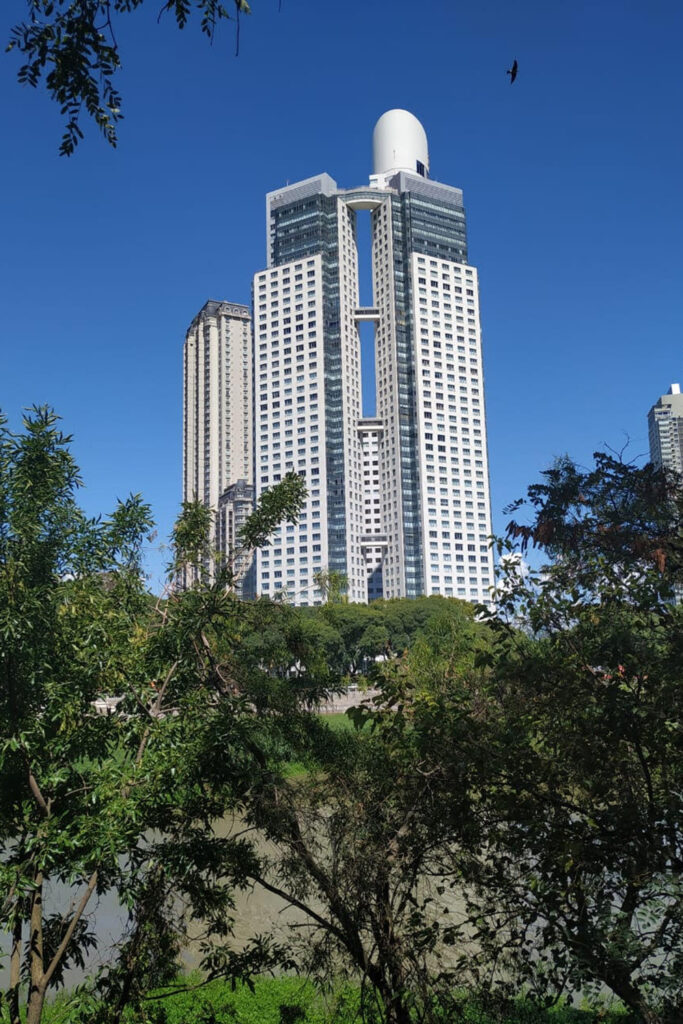
The neighborhood's road network has been entirely rebuilt, especially in the east side. The layout of the east side consists of three wide boulevards running east-west crossed by the east side's main street, Juana Manso Avenue. The layout is completed with parks, some other avenues and minor streets, running both east-west and north-south, and by several pedestrian streets.
For this reason, Puerto Madero has become the preferred address for growing numbers of young professionals and retirees, alike. Increasing property prices have also generated interest in the area as a destination for foreign buyers, particularly those in the market for premium investment properties.
As you stroll through the neighborhood, there are some specific attractions to enjoy and that you should not miss:
